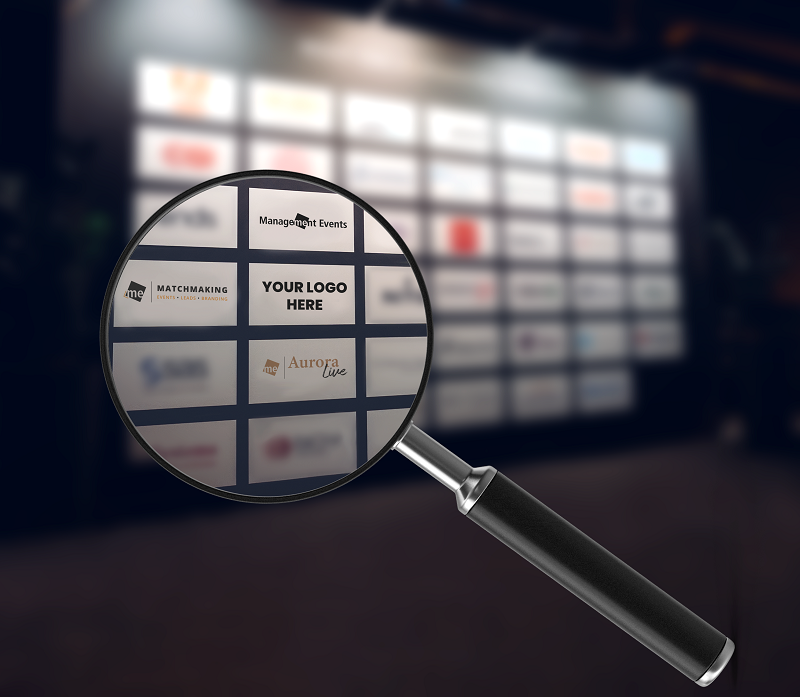The Art of Building Valuable B2B Relationships
For professionals navigating the B2B landscape, the ability to forge meaningful connections is paramount. At the heart of successful business-to-business interactions lies the art of networking—a skill that, when mastered, can lead to unparalleled opportunities and strategic partnerships. In the realm of management events, where industry leaders and decision-makers converge, the potential to expand your professional network is immense. By engaging in these events, you have the chance to interact with peers, share insights, and lay the groundwork for future collaborations.
Effective networking in such settings goes beyond exchanging business cards. It’s about creating a memorable impression and establishing a rapport that extends past the initial handshake. To truly benefit from these interactions, it’s essential to approach each conversation with genuine interest, actively listen, and follow up with a tailored communication that reflects the mutual benefits of a potential partnership. This approach not only fosters trust but also positions you as a thought leader within your industry.
Maximizing Opportunities Through Hybrid Events
In today’s fast-paced business world, hybrid events have emerged as a game-changer for B2B networking. These events blend the best of both virtual and physical worlds, offering a flexible and efficient platform for connecting with like-minded professionals. By participating in hybrid management events, you can engage with a broader audience, access cutting-edge industry knowledge, and discover innovative solutions that can drive your business forward. The key to success in these environments is to leverage the technology at your disposal to schedule meaningful interactions and make the most of every encounter.
Hybrid events also provide the unique advantage of accessibility. Regardless of your location, you can tap into a global network of industry experts and potential clients. This level of access is invaluable for businesses looking to expand their reach and influence. To ensure you’re maximizing these opportunities, it’s crucial to prepare in advance by researching attendees, setting clear objectives for each meeting, and utilizing the event’s resources to facilitate seamless connections.
Strategies for Effective B2B Lead Generation
Lead generation is the lifeblood of any B2B enterprise, and management events are fertile ground for identifying and nurturing potential leads. The key to effective lead generation lies in understanding the needs and challenges of your prospects. By engaging in meaningful dialogue and demonstrating how your solutions align with their objectives, you can create a compelling value proposition that resonates with your target audience. Additionally, by staying abreast of industry trends and best practices, you can position your offerings as not just relevant, but essential.
Another crucial aspect of lead generation is the follow-up process. Post-event communication should be timely, personalized, and reflective of the conversations you’ve had. This not only shows that you value the connection but also keeps your brand top-of-mind. Utilizing a strategic approach to lead nurturing, which may include sharing insightful content or extending invitations to exclusive webinars, can further solidify these budding relationships and increase the likelihood of conversion.
Enhancing Brand Visibility in a Competitive Market
In the crowded marketplace of today, standing out is more important than ever. Management events offer a unique platform for enhancing brand visibility among a targeted audience of industry leaders and decision-makers. By actively participating in these events, whether as a speaker, sponsor, or attendee, you can showcase your expertise and elevate your brand’s profile. It’s not just about being seen—it’s about being remembered for the right reasons.
To truly make an impact, it’s essential to convey a consistent and compelling brand message across all touchpoints. This includes everything from your event booth design to the content you share during presentations. By aligning your brand’s values with the interests and challenges of your audience, you create a strong connection that can lead to increased brand loyalty and advocacy. Remember, in the world of B2B, your reputation is your currency, and management events are an excellent opportunity to invest in that reputation.
Learning and Inspiration: The Catalysts for Growth
One of the most underrated benefits of attending management events is the wealth of learning and inspiration they provide. These gatherings are a hotbed for the exchange of ideas, strategies, and experiences that can catalyze growth and innovation within your organization. By keeping an open mind and actively participating in discussions, you can gain insights into emerging trends, discover new approaches to problem-solving, and find inspiration in the success stories of your peers.
Furthermore, these events often feature thought leaders and industry pioneers whose knowledge can be transformative for your business. By absorbing their wisdom and applying it to your own context, you can stay ahead of the curve and maintain a competitive edge. It’s not just about collecting information—it’s about translating that information into actionable strategies that drive your business forward.
Networking with Precision: The Power of Pre-Booked Meetings
Time is a precious commodity, and in the world of B2B networking, it’s crucial to use it wisely. Management events that offer pre-booked meetings are a testament to the power of precision networking. By arranging meetings with pre-qualified prospects, you can ensure that every interaction is purposeful and has the potential to yield tangible results. This targeted approach not only saves time but also increases the efficiency of your networking efforts.
Pre-booked meetings also allow for better preparation, as you have the opportunity to research the individuals and companies you’ll be meeting with in advance. This preparation enables you to tailor your discussions to address specific needs and interests, making for more productive and engaging conversations. By capitalizing on the focused nature of these meetings, you can build a pipeline of high-quality leads that are more likely to convert into lasting business relationships.











